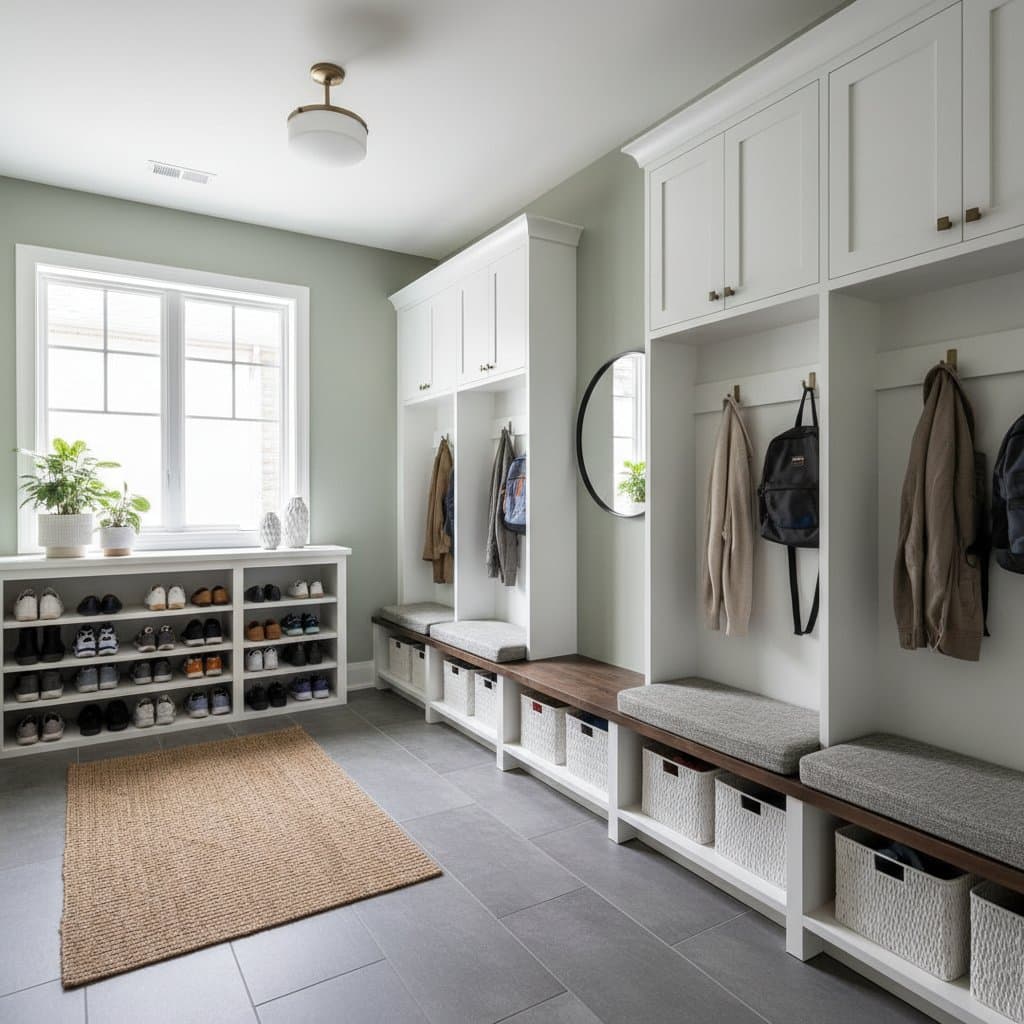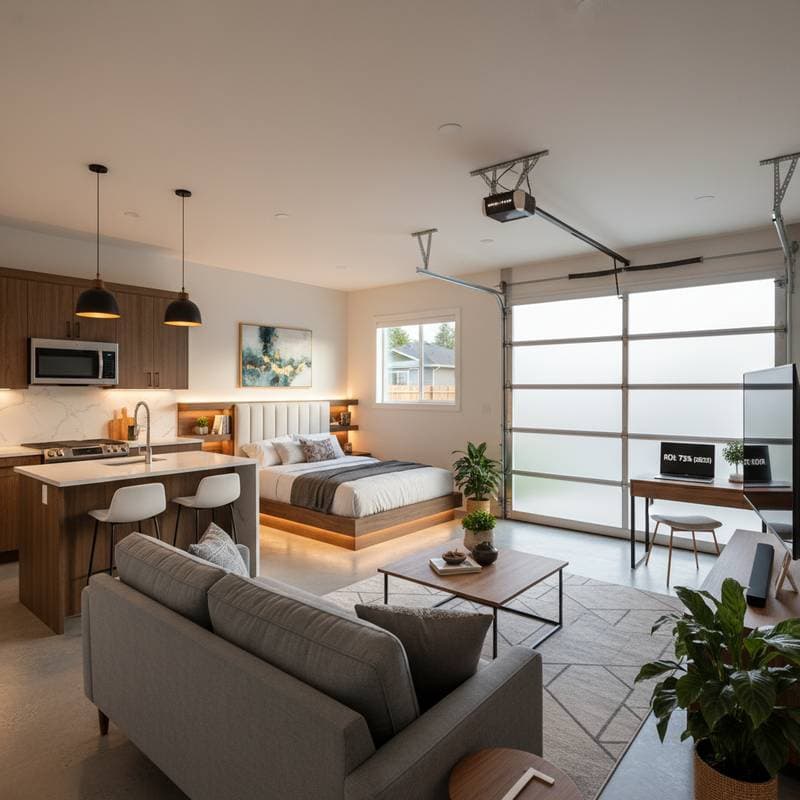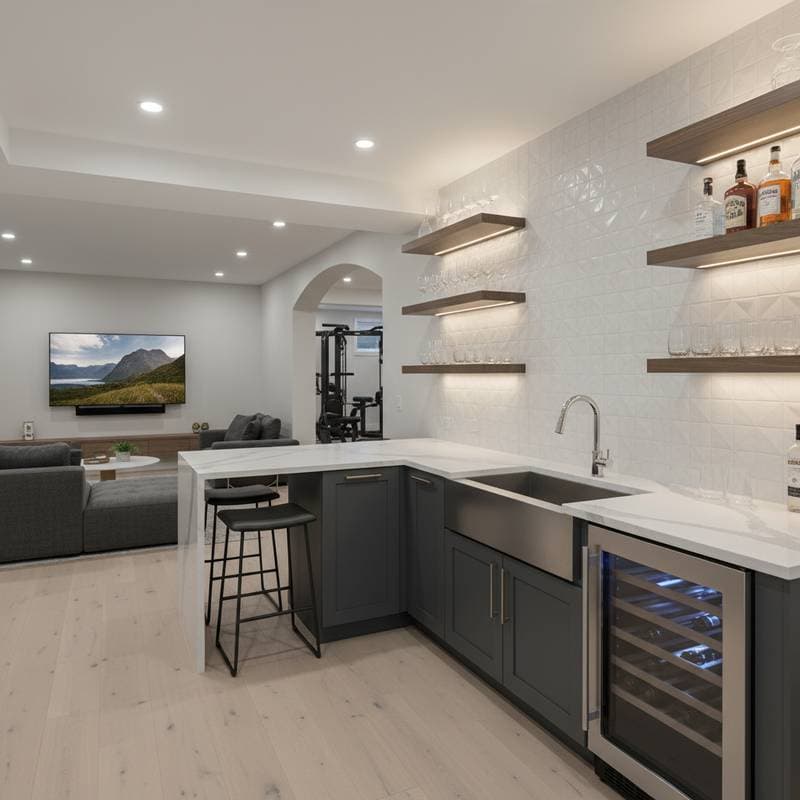Hidden Wine Cellars: Achieve 92 Percent Return on Installation Costs for 2025 Residences
Key Insight: A hidden wine cellar elevates a home's resale value by up to 92 percent of the installation expense. This feature serves as both a luxurious element and a practical enhancement to living space. When executed properly, it converts overlooked areas in basements or beneath stairs into investments that yield substantial returns.
Planning a Hidden Wine Cellar
Select an appropriate location as the first step. Opt for a cool, dark area with consistent temperatures, such as basements, spaces under stairs, or interior closets.
Determine the degree of concealment desired. Options include panels resembling bookshelves, floor hatches, or doors integrated into walls, all customized to harmonize with the home's aesthetic.
Maintain optimal temperature and humidity levels. Wine preserves best at 55 to 58 degrees Fahrenheit with humidity between 55 and 70 percent. Incorporate specialized insulation and a dedicated cooling system designed for wine storage.
Incorporate vapor barriers to manage moisture. These elements safeguard the wine collection and prevent damage to adjacent walls.
Design the interior thoughtfully. Employ wooden or metal racking systems, energy-efficient LED lighting, and flooring that minimizes vibrations. Position the space away from direct light or heat sources.
Integrate security and monitoring features. Install smart sensors to monitor temperature and humidity continuously. Add subtle locks or coded access panels for protection without compromising the design.
Complete the project with cohesive finishing touches. Align the trim, flooring, and lighting with the primary living areas to ensure seamless integration.
Cost Analysis for Hidden Wine Cellars
| Component | Estimated Cost Range | Influencing Factors |
|---|---|---|
| Basic under-stair wine storage | $6,000 to $10,000 | Dimensions, cooling system capacity, and material quality |
| Mid-sized basement wine room | $15,000 to $30,000 | Structural framing, insulation levels, glass partitions, and illumination |
| Premium hidden cellar with automation | $35,000 to $75,000 or more | Bespoke cabinetry, intelligent controls, and integrated entry mechanisms |
Costs fluctuate based on geographic location. Regions with coastal or urban settings typically incur elevated labor expenses. Advanced cooling units that regulate humidity justify higher initial investments by reducing future upkeep needs. Premium materials like stone cladding or tailored glass divisions may increase expenses twofold, yet they enhance resale potential significantly.
Return on Investment and Enduring Benefits
A meticulously constructed hidden wine cellar recoups approximately 92 percent of its cost upon sale. This performance ranks it close to major renovations like kitchens and bathrooms, surpassing many aesthetic modifications. Optimal returns occur in mid-range to upscale properties where discerning buyers seek personalized amenities.
Several elements contribute to this strong ROI:
- Perception of Luxury: Prospective buyers view concealed storage as a hallmark of refined design.
- **Space ** The installation repurposes underutilized areas into purposeful zones.
- Long-Term Durability: Effective insulation and humidity management preserve both the collection and the building's integrity.
- Engagement Value: The element of surprise in a hidden feature generates interest and appeal during showings.
For homeowners intending long-term occupancy, the benefits extend to enhanced daily use. A controlled environment ensures the wine collection remains secure and readily accessible, adding consistent pleasure to home life.
Essential Safety and Regulatory Considerations
Address electrical requirements carefully. Dedicate a separate circuit to the cooling system and avoid overburdening existing wiring.
Manage moisture effectively. Seal joints thoroughly to inhibit mold development, and select drywall resistant to fungal growth.
Evaluate structural integrity. Strengthen stairs or flooring supports when creating space beneath them.
Obtain necessary permits. Local authorities often mandate approvals for electrical or HVAC modifications; verify requirements prior to any alterations.
Prioritize fire safety. Ensure the design does not obstruct escape routes or conceal utility access points.
Neglecting these aspects may result in inspection failures or expensive corrective measures.
Innovative Design Concepts for Hidden Wine Cellars
Bookshelf Integration: A pivoting bookshelf conceals the entrance, suiting libraries or study areas seamlessly.
Under-Stair Utilization: This approach maximizes efficiency while adding character; incorporate transparent panels for subtle visibility.
Floor Hatch Access: A flush glass panel reveals a spiral staircase or compact elevator, fitting contemporary open-plan interiors.
Closet Transformation: Convert an idle hallway or pantry closet into a compact, climate-managed storage solution.
Wall-Mounted Racks: Shallow shelving behind gliding panels works well in limited spaces like apartments.
Adapt these concepts to available budget and square footage. Regardless of scale, prioritize consistent temperature and humidity control to uphold functionality.
Strategies for Sustained Maintenance
Monitor temperature readings each week with a precise digital device.
Examine seals every three months; repair any deteriorated caulk or displaced insulation promptly.
Service air filters in the cooling unit biannually to sustain optimal airflow.
Clean racking and surfaces regularly to eliminate dust and prevent mold accumulation.
Verify backup power functionality periodically; even short disruptions can compromise stored wine.
Diligent upkeep safeguards the investment and preserves the feature's market value over time.
Expert Recommendations for Optimal Results
Incorporate concealment during initial construction phases, before finalizing walls or trim.
Choose dual-pane glass for visible elements to minimize condensation issues.
Install motion-activated lighting to conserve energy and create an inviting reveal upon entry.
Organize bottles systematically by row and column for effortless inventory management.
Select enduring design choices; steer clear of trends that may appear outdated soon.
Timeless aesthetics enhance elegance and adaptability to evolving interior styles, supporting stronger resale outcomes.
Implementing Your Hidden Wine Cellar Project
Assess available basement or stair areas to determine feasibility. Develop a blueprint that aligns with your home's architecture and preferred level of discretion.
Solicit estimates from at least two professionals specializing in wine storage, emphasizing expertise in climate systems beyond general construction.
Request comprehensive breakdowns covering insulation, cooling equipment, and finishing options. Confirm inclusion of warranties and assistance with permitting processes.
Beyond aesthetic appeal, a hidden wine cellar demonstrates thoughtful design, superior craftsmanship, and tangible asset growth.










